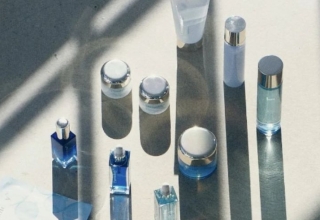On Tuesday, the media reported that the well-known Japanese fashion designer Issey Miyake has passed away. Miyake was known for his pleated style of clothes that would not wrinkle, and he was also responsible for producing the iconic black turtleneck that Steve Jobs wore. He was 84.
According to the Kyodo news agency, Miyake, whose name became a byword for Japan’s economic and fashion prowess in the 1980s, passed away on August 5 from liver cancer. His name became a byword for Japan’s economic and design prowess in the 1980s. There was no other information that could be obtained at this time.
It is said that Miyake, who is known for his practicality, wanted to become either a dancer or an athlete before reading his sister’s fashion magazines inspired him to change direction. It is believed that those initial interests are the reason behind the freedom of movement that can be achieved while wearing Miyake’s clothing.
Miyake was a student in a classroom when the atomic bomb was detonated over his hometown of Hiroshima when he was seven years old. Miyake was born in Hiroshima. In his latter years, he avoided discussing the incident like the plague. In 2009, as part of a push to convince the then-President of the United States, Barack Obama, to visit the city, he wrote an article for the New York Times in which he stated that he did not want to be known as “the designer who survived” the explosion.
Related Posts
“When I close my eyes, I still see things no one should ever see,” he wrote, adding that within three years, his mother passed away as a result of radiation exposure. “When I open my eyes, I still see things no one should ever feel.”
“I have made the effort, albeit without success, to put such events in the past, and instead focus my thoughts on things that can be built rather than destroyed, as well as those that provide beauty and joy. I was drawn to the profession of clothes design in large part due to the fact that it presents creative challenges in a manner that is current and upbeat.”
After graduating from an art school in Tokyo with a degree in graphic design, he moved to Paris to pursue fashion design and worked for the renowned fashion designers Guy Laroche and Hubert de Givenchy before relocating to the Big Apple. After moving away briefly, he went back to Tokyo in 1970 and established the Miyake Design Studio.
In the late 1980s, he devised a novel method of pleating that included wrapping fabrics between layers of paper and placing them into a heat press. As a result, the clothes maintained their pleated shape after being worn. This led to the invention of his famous Pleats, Please line, in which dancers wore the garments and tested them for their freedom of movement.
Before he effectively retired in 1997 to devote himself to research, he eventually established more than a dozen fashion lines, ranging from his flagship Issey Miyake collection for men and women to bags, watches, and fragrances. His primary collection was named after him.
In 2016, when asked what he thought would be the issues facing future designers, he indicated to the UK’s Guardian newspaper that consumers were going to be consuming less. This was in response to the question of what he thought would be the challenges facing future designers.





























